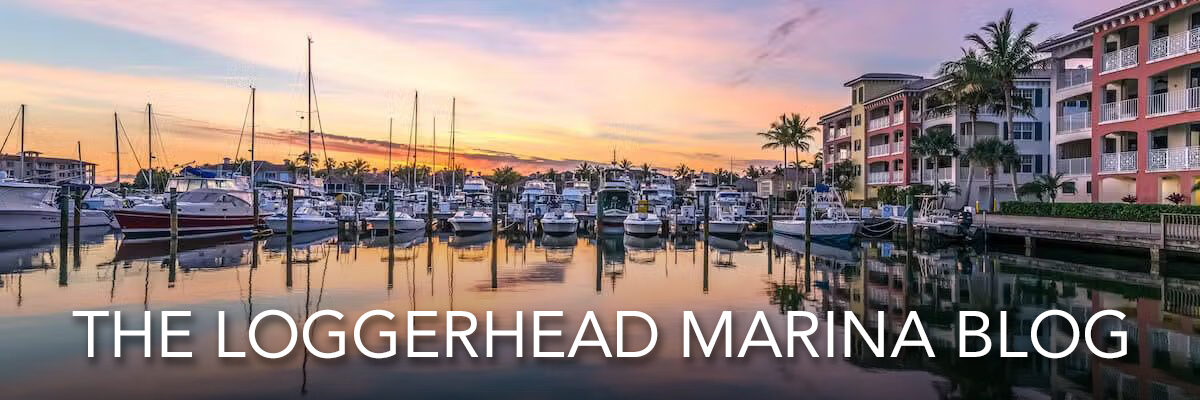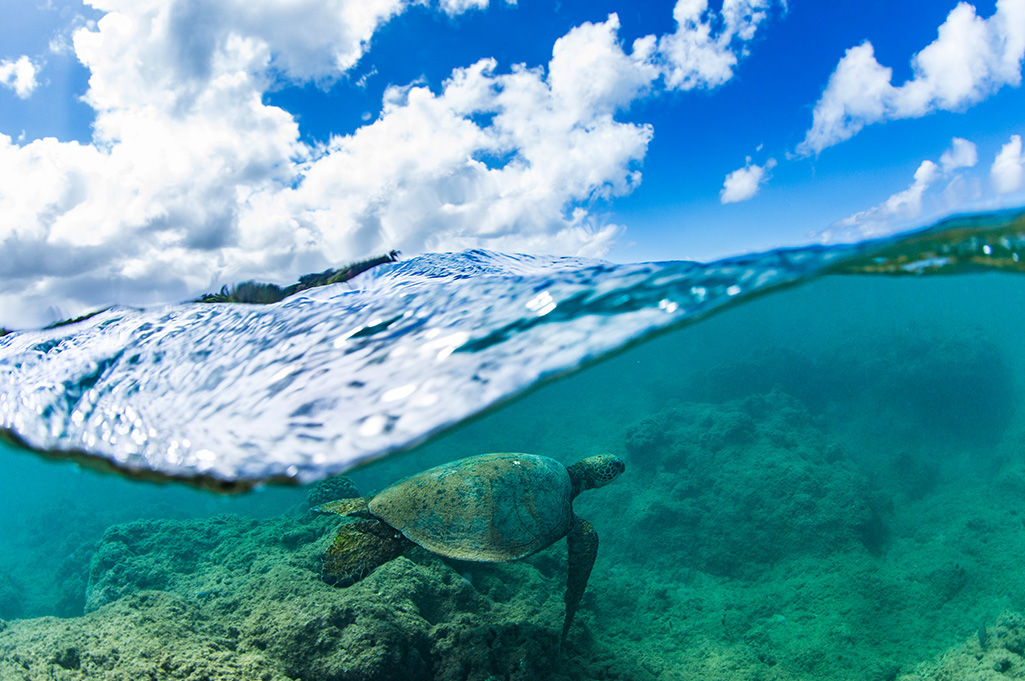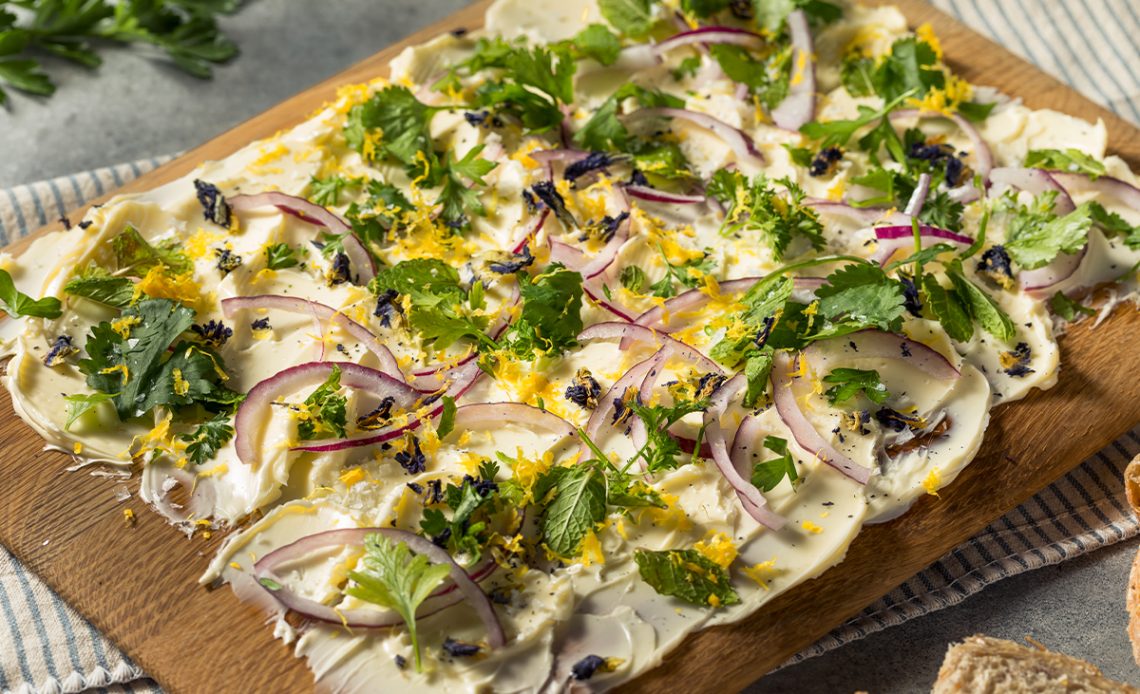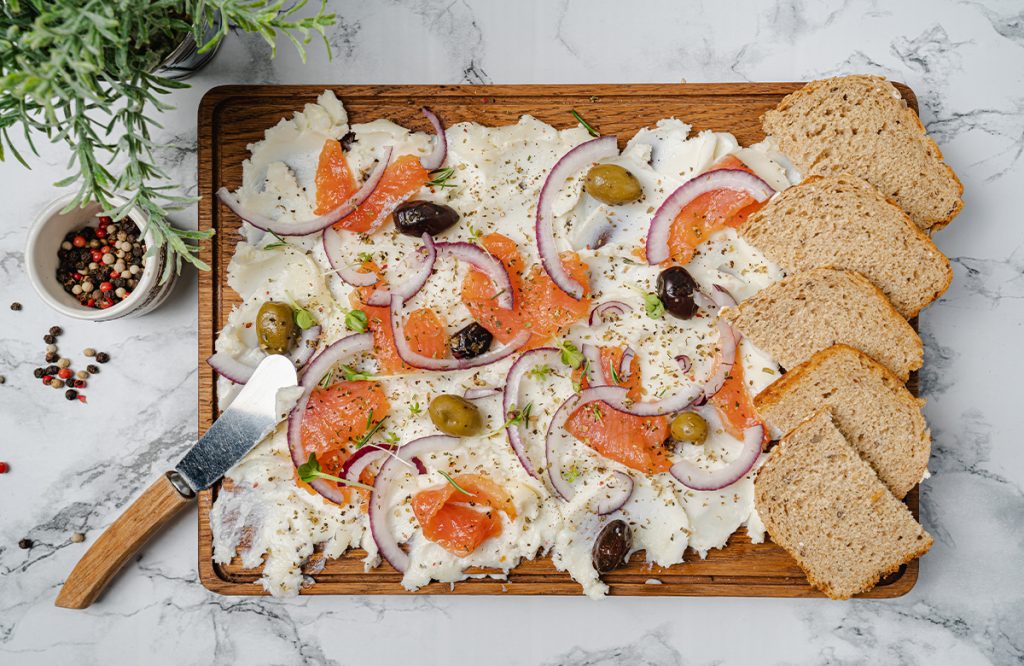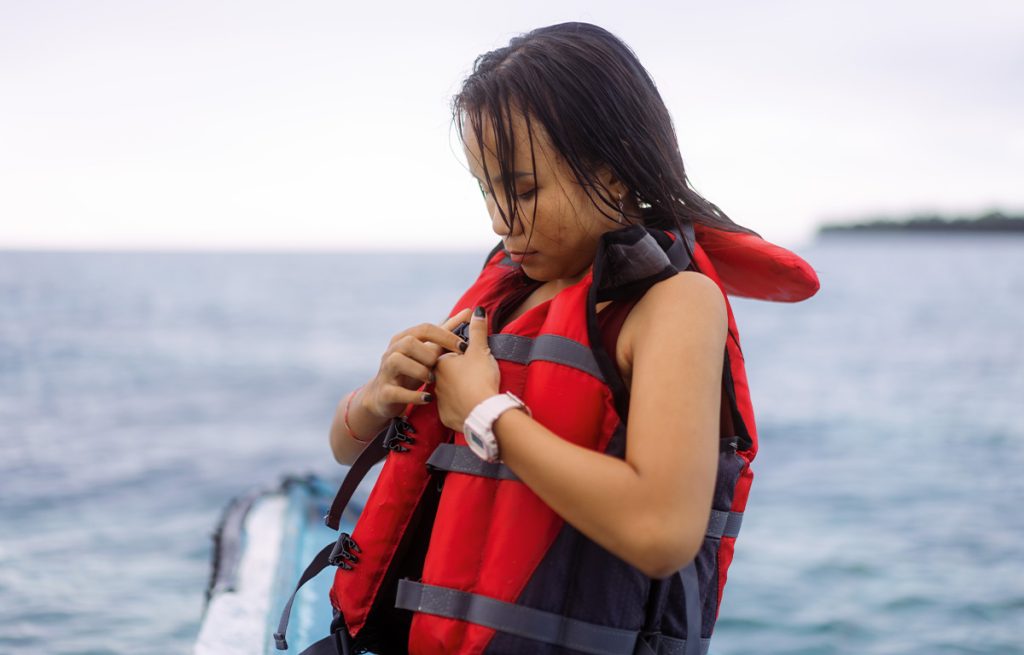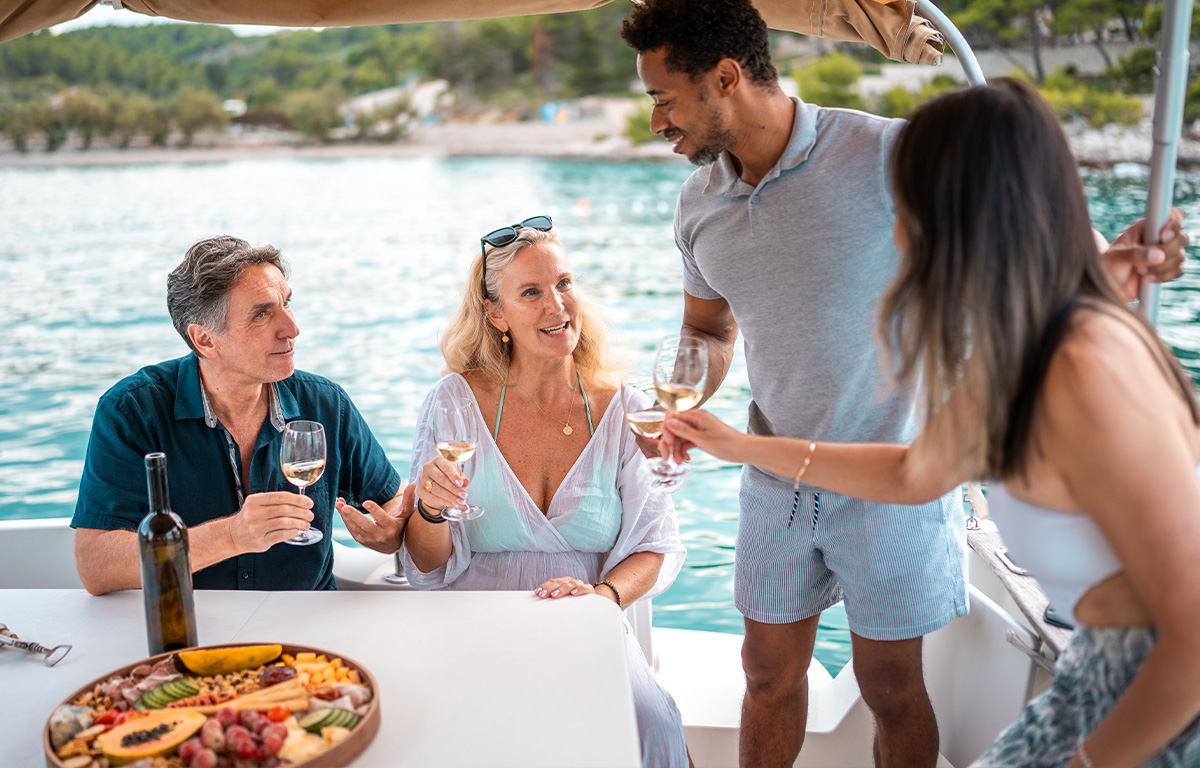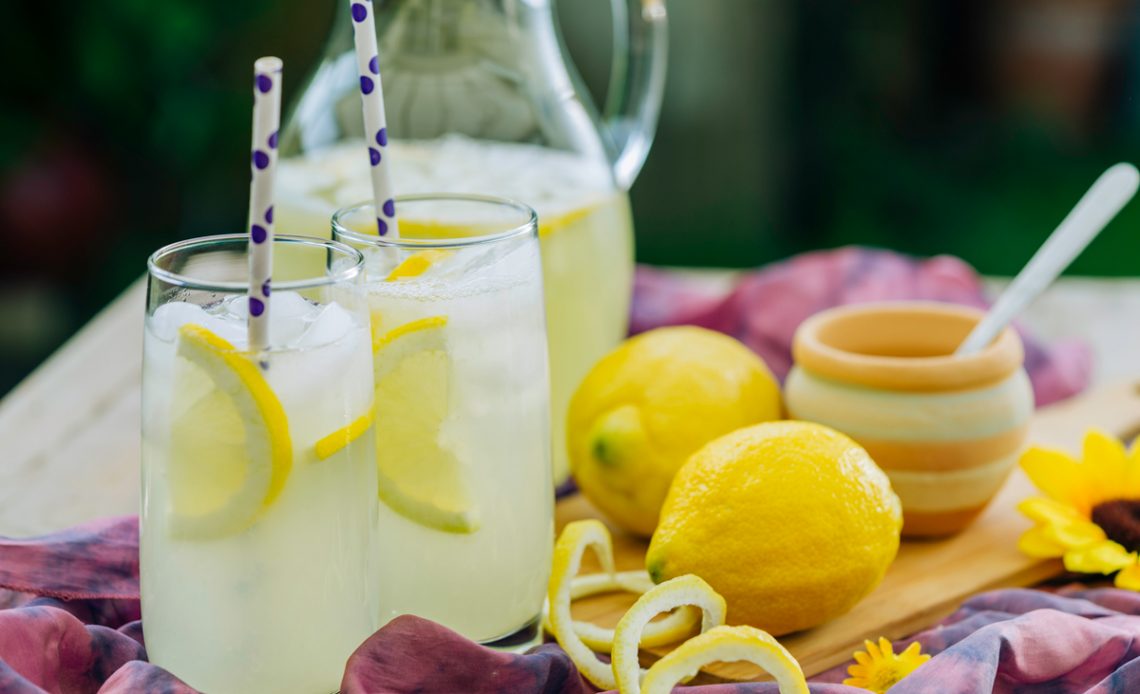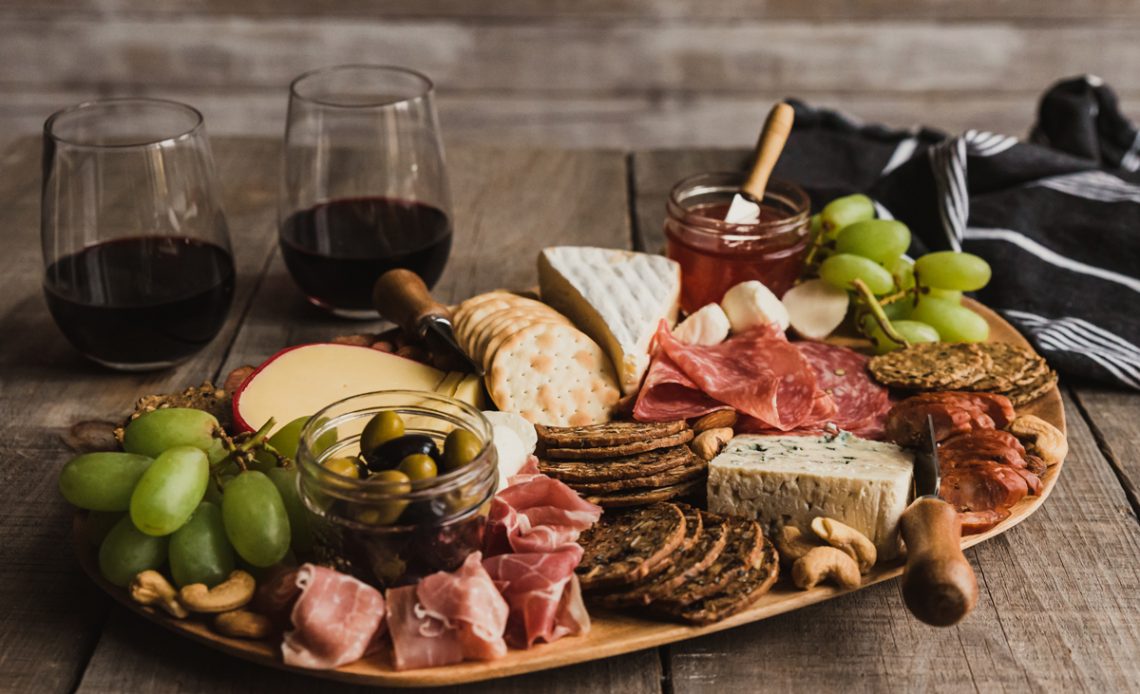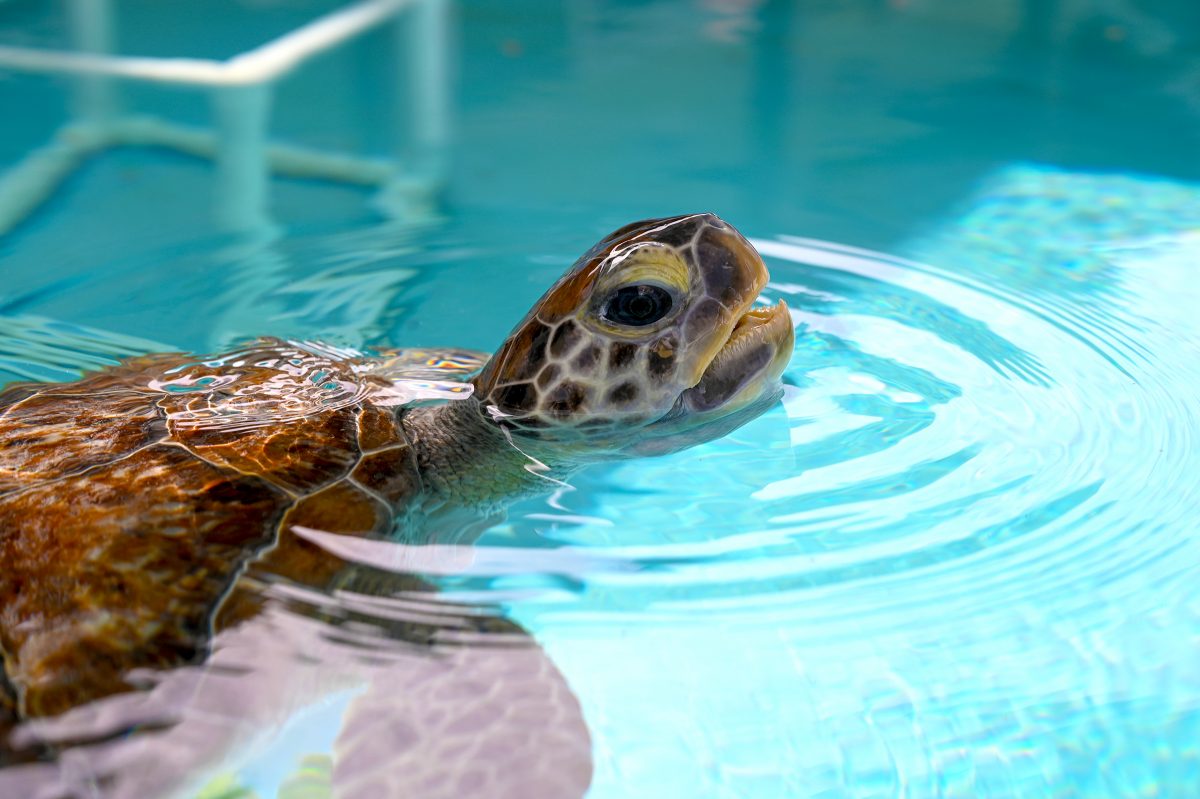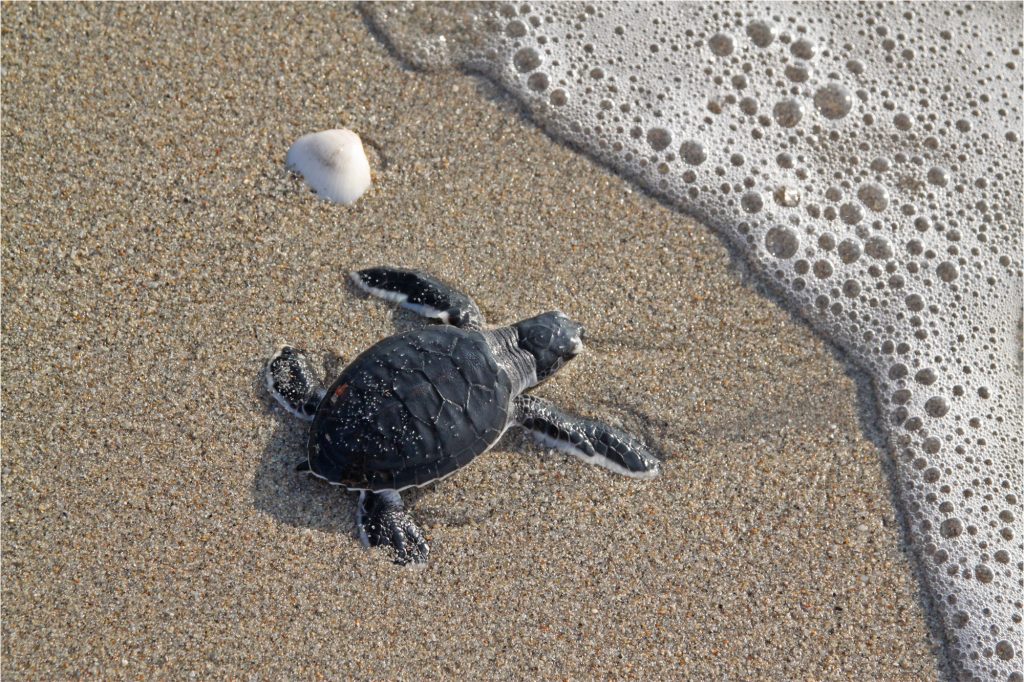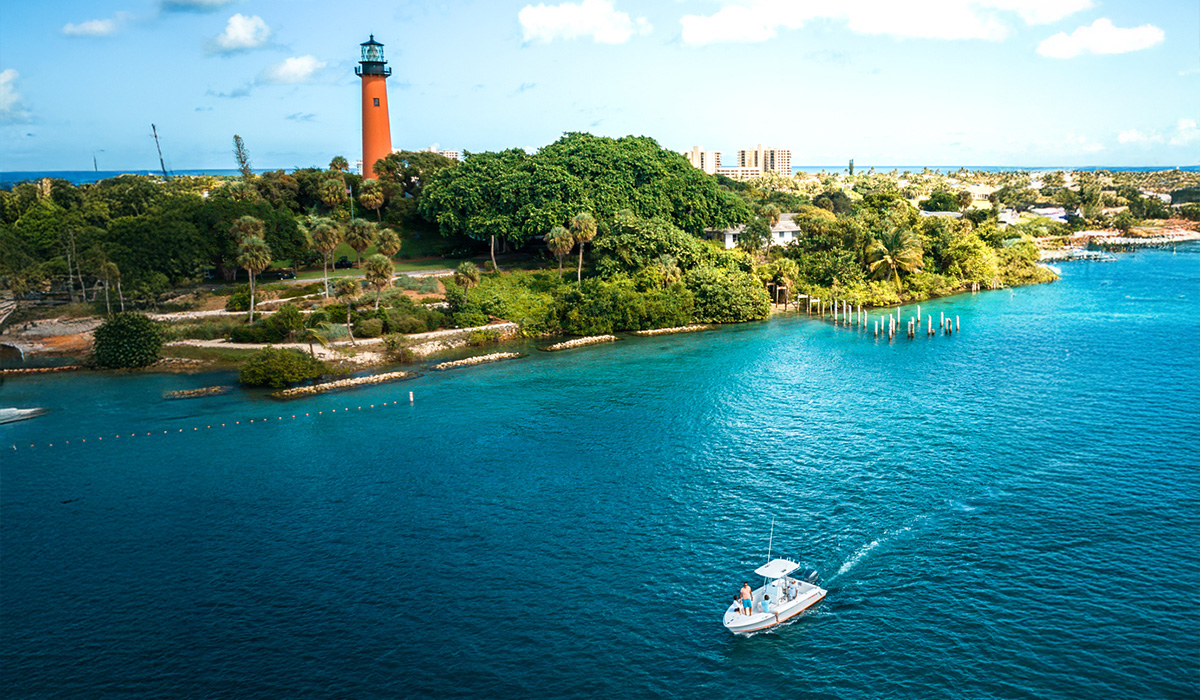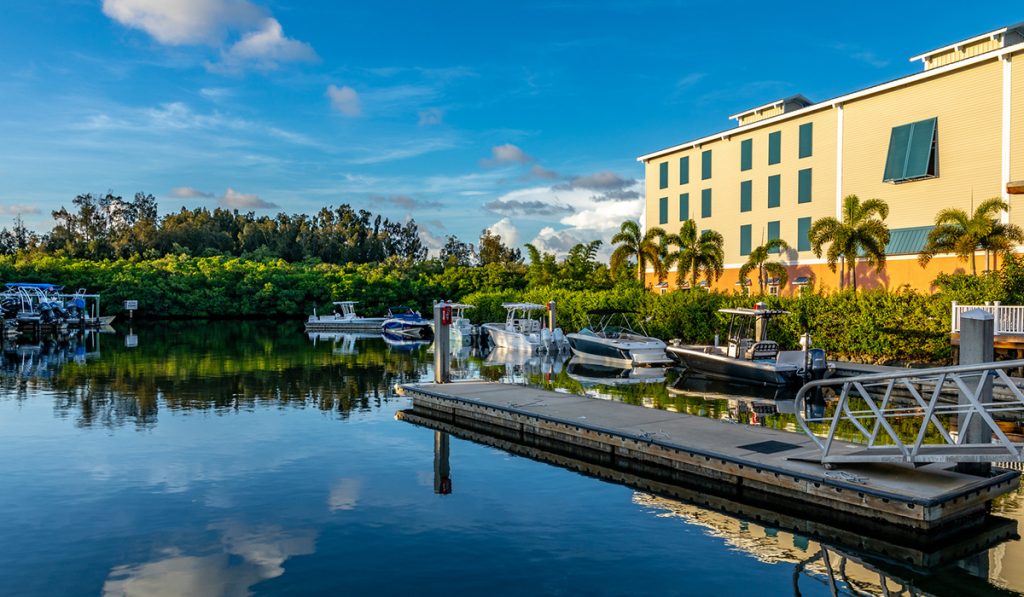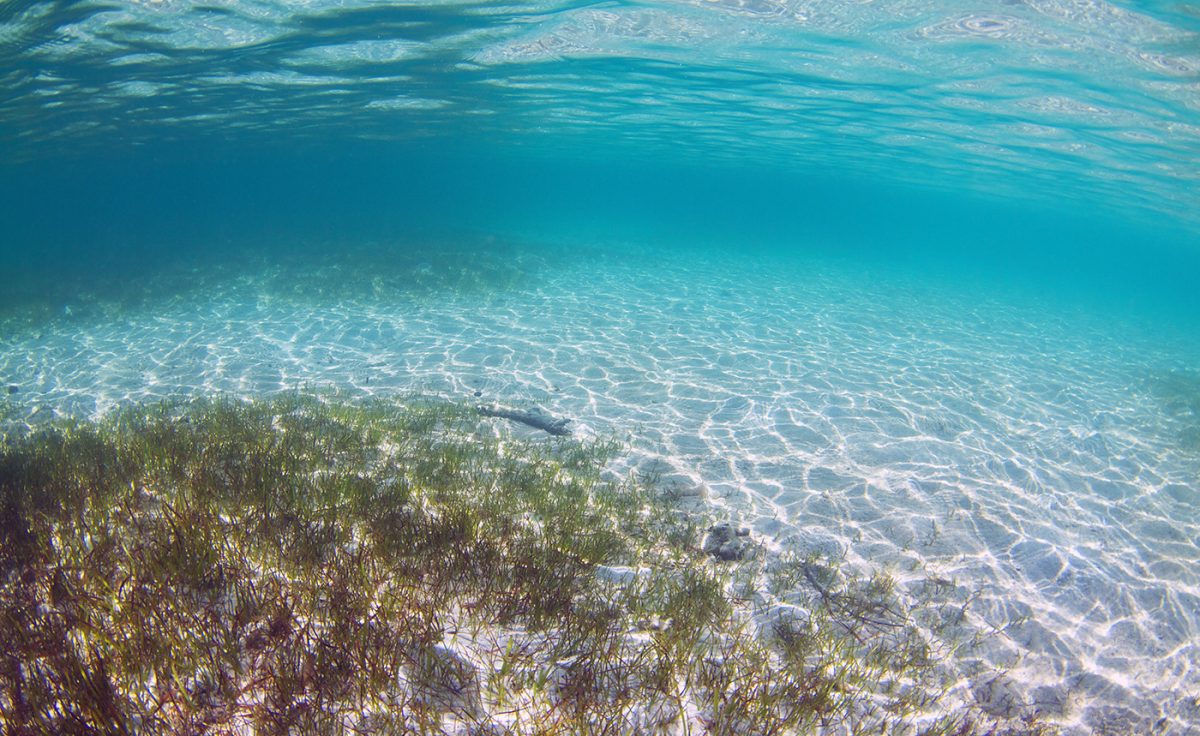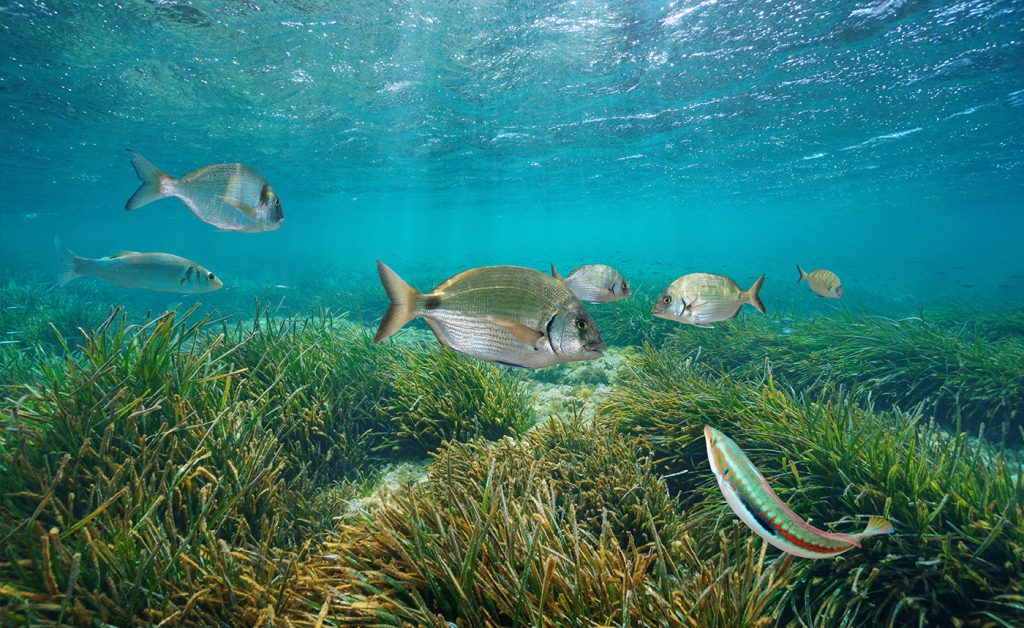Too often in the environmental space, the stories are of doom and gloom. While our planet and its natural ecosystems including our rivers, lakes, and oceans are under pressure, there are reasons to celebrate. Many of these stories occur because humans cared and decided to take action.
In late 2025, the green turtle, one of the species of sea turtles that nests on Florida’s coast, has been downlisted from “Endangered” to “Least Concern” globally on the International Union for the Conservation of Nature (IUCN) Red List. The IUCN is a global organization working towards conservation of imperiled plants and animals. The movement of the green turtle to “Least Concern” globally is a win for sea turtles and is a story of hope about how human involvement and protection can work for species recovery.
For over a century, green turtles were exploited for their meat, eggs, and shells, while also heavily impacted as bycatch in fishing industries. By the 1970’s, green turtles in the Atlantic were near extinction. In Florida alone in the 1980’s, there were roughly 4,000 green turtle nests annually, which then climbed to 50,000 nests, or more, each year in the state by the 2010’s. This year, Loggerhead Marinelife Center’s research team alone counted 8,363 green turtle nests on the 10 miles of beach that they monitor.
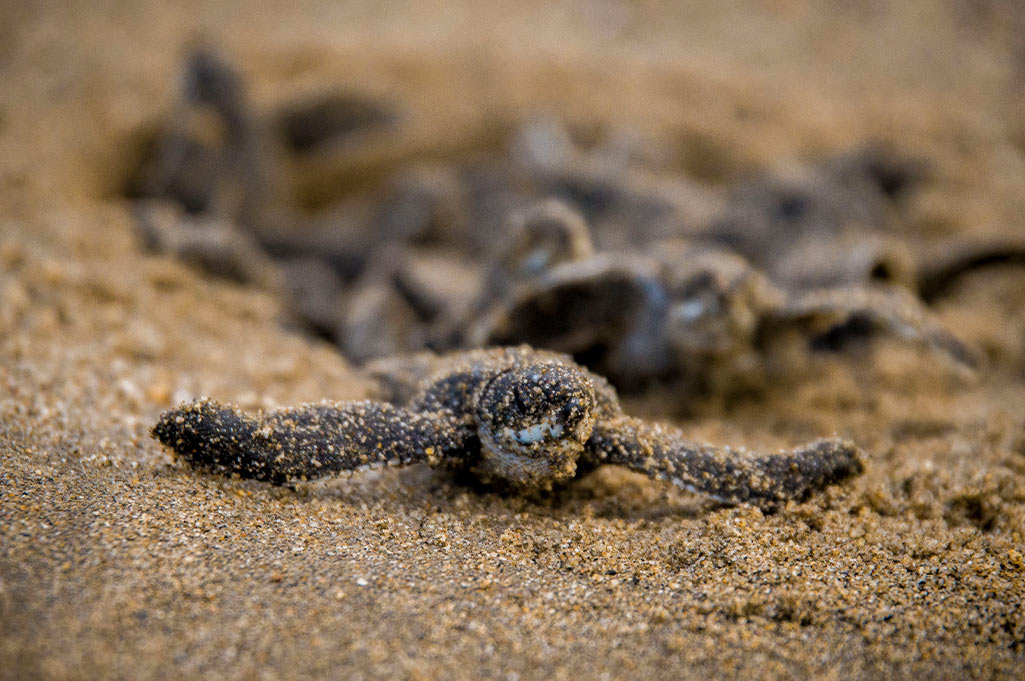
Global Conservation Efforts
Numerous efforts occurred to help protect sea turtles in the United States and around the world. First, federal protections were put into place such as the Endangered Species Act, which was enacted in 1973. These protections banned harvest of sea turtles for their meat and eggs. In many areas, the nesting beaches themselves were protected from development and poaching activities by establishing standardized nesting beach monitoring to protect the nesting turtles and their eggs. This was coupled with increased educational outreach about why each turtle and each nest matter.
Loggerhead Marinelife Center has been at the forefront of these monitoring and educational efforts since 1983. Another critical aspect related to the increased nest numbers that we see across all three nesting species in Florida came through the development and adoption of the Turtle Excluder Device (TED) for commercial fishing. This unique piece of fishing gear used in trawl fisheries allows the shrimp and other small fish to be captured while pushing any accidentally captured turtles to a hatch, which allows the turtle to swim out.
Continuing This Effort
We should certainly celebrate this conservation win but also highlight that not every regional population of green turtles has increased like we have seen in Florida. We need to ensure continued protection for all sea turtles including the loggerhead, leatherback, hawksbill, and Kemp’s ridley, which are still listed as threatened, endangered, or critically endangered. We have seen how quickly humankind can bring species to the brink of extinction, but when we choose to act as we have done with alligators, bald eagles, buffalo, and now green turtles, we can also help protect and restore these amazing animals and help the ecosystems that they live in.
Andy Dehart
President & CEO
Loggerhead Marinelife Center

